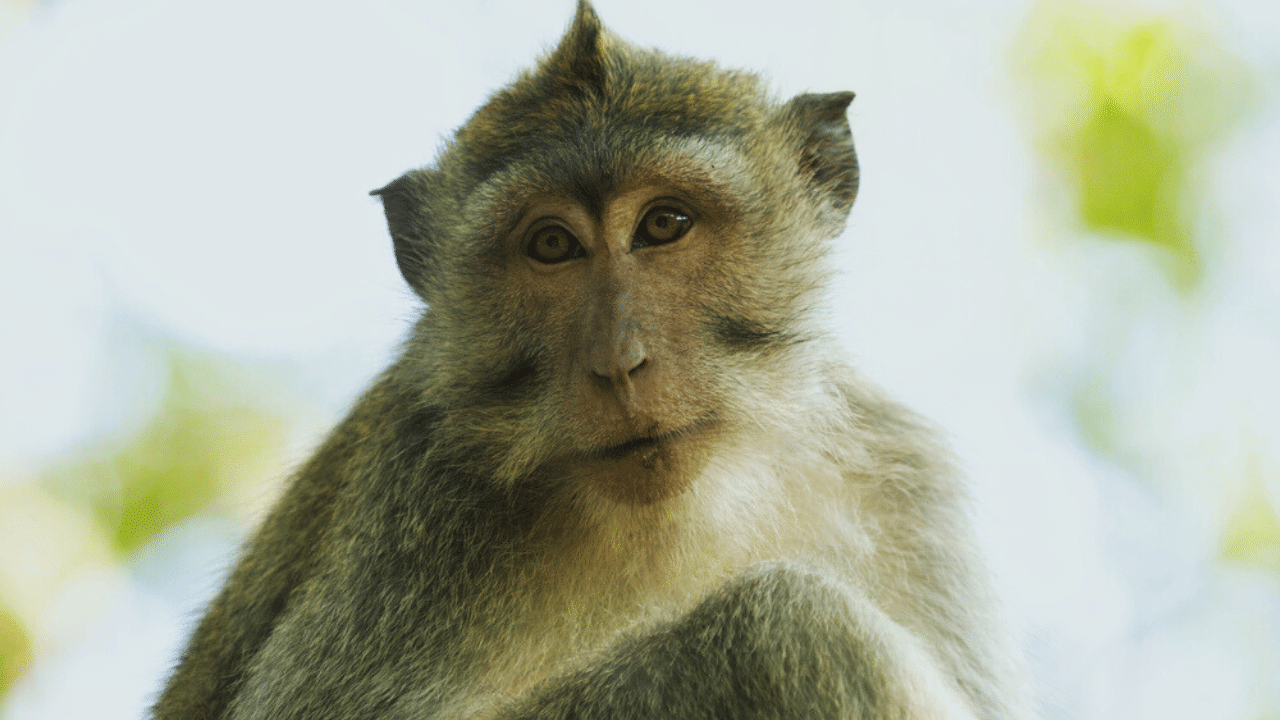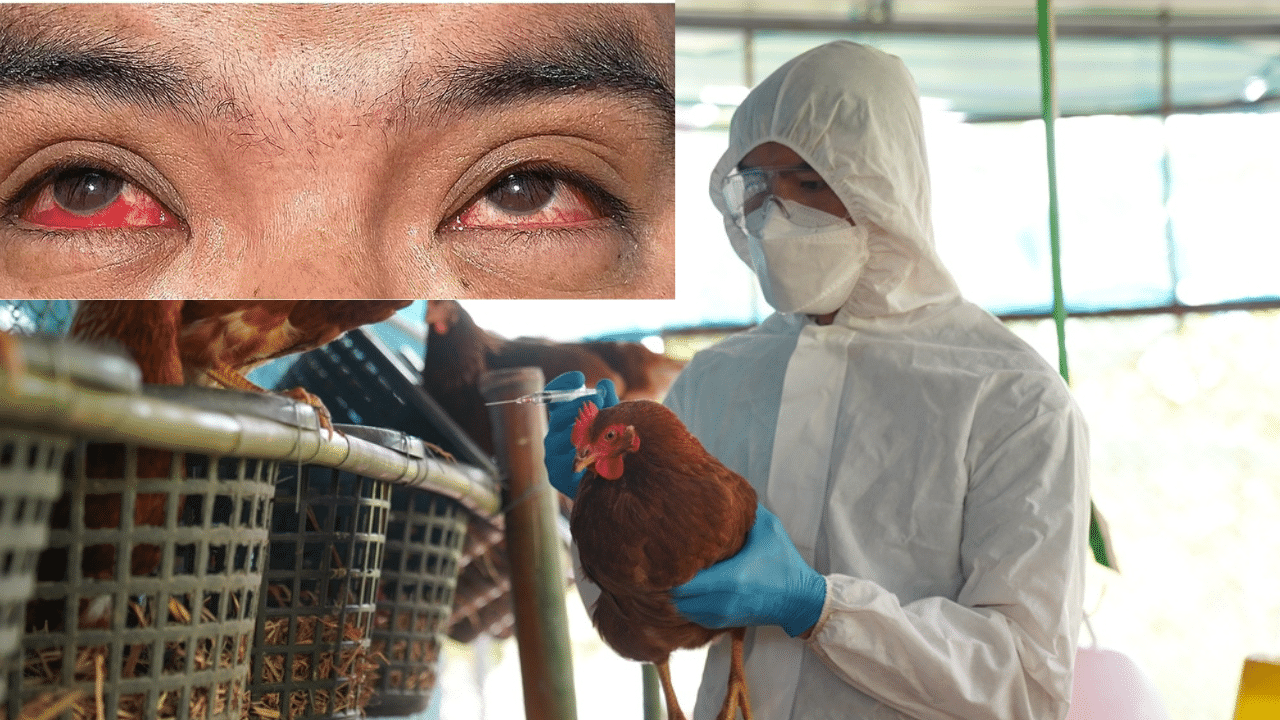The birth of a chimeric monkey with glowing green fingers and eyes may sound like something out of a horror movie, but it represents a major scientific breakthrough.
Researchers in China announced the ‘long-sought’ birth today, sharing images of a long-tailed macaque whose cells are made from an embryo injected with other, genetically distinct cells.
In Greek mythology, a chimera is a female fire-breathing monster resembling a lion at the front, a goat in the middle, and a dragon at the back.
Stem cells modified to glow green were injected into a number of morula embryos – those that are four to five days old – to help identify whether or not the additional cells had multiplied.
The contribution of stem cells in different tissue types ranges from 21% to 92%, the Chinese team said. Researchers have long attempted the process in primates, having previously created chimera in rats and mice.
In 2012 scientists created three rhesus monkeys that were technically chimeras, but the embryos were created at the earlier totipotent stage, where the cells can evolve into anything, including the placenta.
The study, published in the journal Cell, used later-stage pluripotent cells, meaning they have the ability to differentiate into all the types of cells needed to create a live animal.
‘This is a long-sought goal in the field,’ said study leader Dr Zhen Liu, of the Chinese Academy of Sciences (CAS). ‘This research not only has implications for understanding naive pluripotency in other primates, including humans, but it also has relevant practical implications for genetic engineering and species conservation.
‘Specifically, this work could help us to generate more precise monkey models for studying neurological diseases as well as for other biomedicine studies.’


















